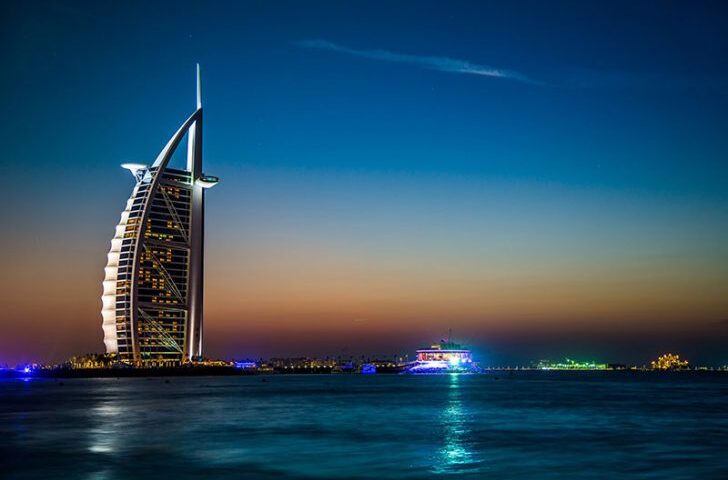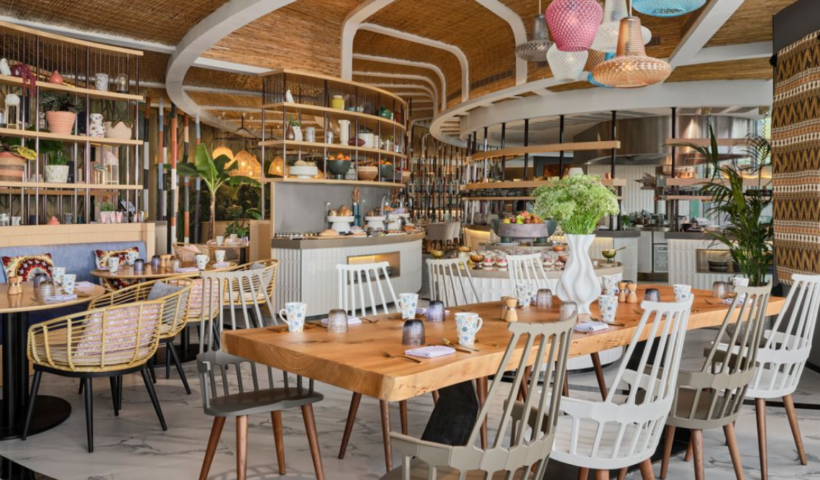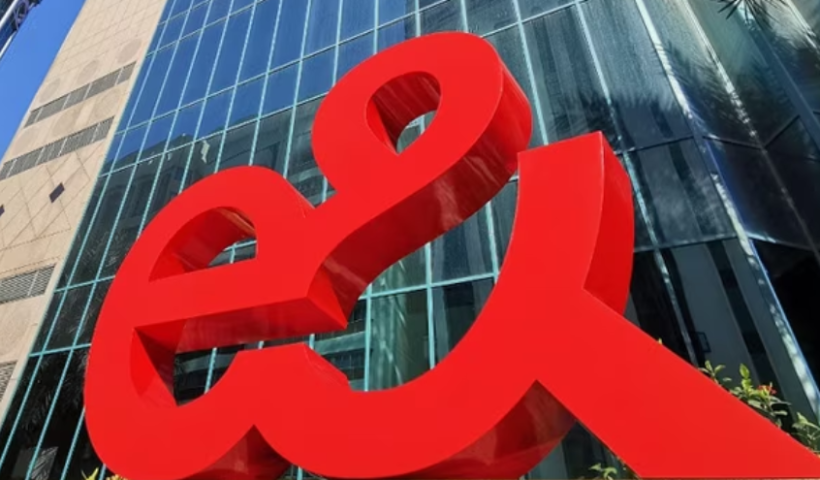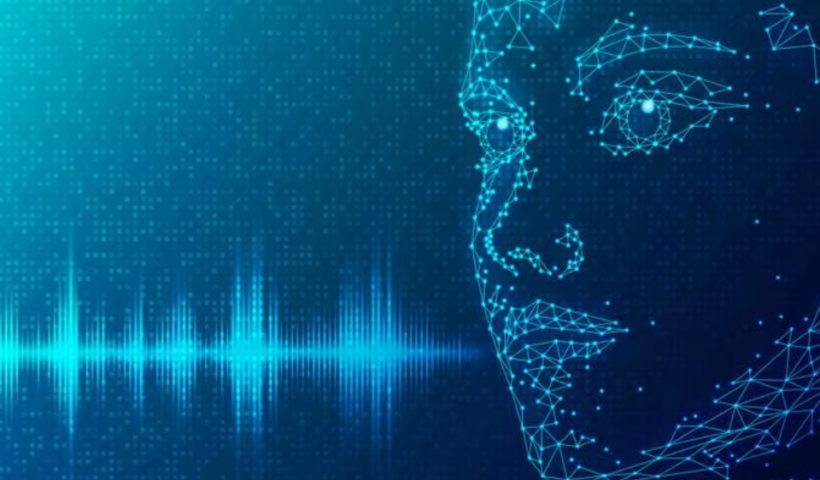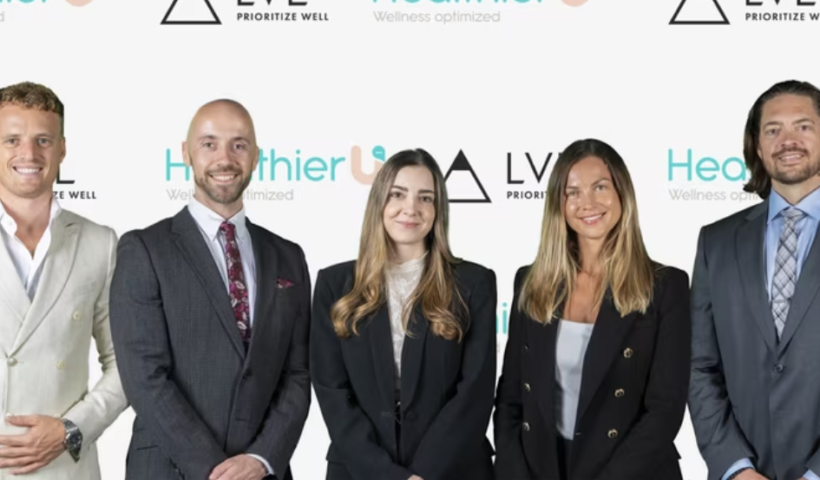50 trips each week will be made by boat, and tickets start at Dh15.
After being forced to stop during the Covid-19 outbreak, the boat service connecting Dubai and Sharjah is now operating once more.
Seven days a week, the service is run from Al Ghubaiba Marine Station in Dubai and Aquarium Marine Station in Sharjah by Dubai’s Roads and Transport Authority.
The distance between the two stations can be traveled in around 35 minutes.
Single-trip tickets in the Silver Class and Gold Class are priced at Dh15 and Dh25, respectively; however, passengers with disabilities and kids below the age of five go for free.
Travelers have hailed the return of the service, which gives customers the opportunity to bypass gridlock on congested Dubai-Sharjah routes.
On Saturday, Nikhil SP, 36, an Indian sales and marketing employee at the Sharjah Occidental Hotel, boarded the ship for the first time.
His coworkers who had previously utilized the service suggested it to him.
He told The National, “Normally I take the car, but since they restarted the operation I thought why not take it instead.”
This is my first time, but I believe it’s a choice I might make more frequently going forward because it’s simpler, more enjoyable, and prevents delays and traffic jams.
Before the boat service was discontinued, George Mathew, a 37-year-old Indian, was a frequent user.
Although he lives in Sharjah and has the majority of his pals there, he frequently takes the ferry to see them.
Every weekend, I used to take it to go meet up with my pals, Mr. George recalled.
“When my wife visited Dubai before the pandemic, we used to take it every time we wanted to go sightseeing there.”
He claimed that Sharjah people will find the service to be highly useful.
It brings travelers right to the center of Dubai, where they can use any other form of public transportation.
Operating hours There will be 50 journeys on the Dubai-Sharjah ferry each week, with eight excursions per day from Monday through Thursday and six trips per day from Friday through Sunday.
There will be two morning departures from Sharjah at 7am and 8.30am, as well as one morning departure from Dubai at 7.45am, from Monday through Thursday.
There will be three trips from Dubai at 4 pm, 5.30 pm, and 7 pm in the evening, along with two trips from Sharjah at 4.45 pm and 6.15 pm.
There will be three trips each way starting at noon on Friday through Sunday. There will be extra departure times from Sharjah at 2pm, 4pm, and 6pm, and from Dubai at 3pm, 5pm, and 8pm.



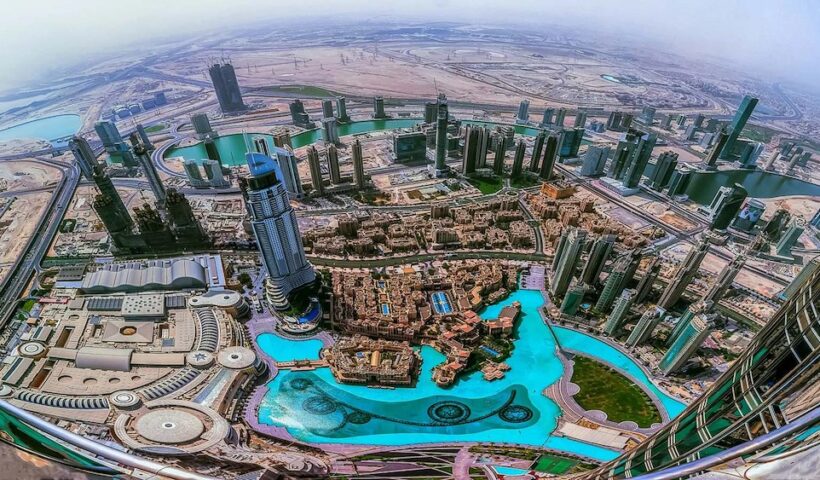
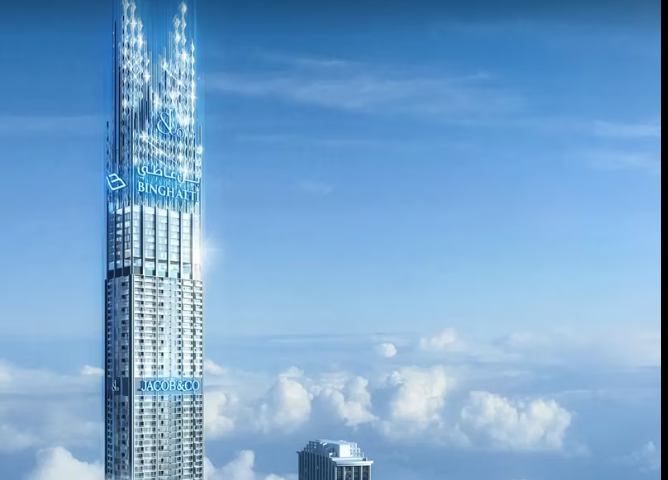
:quality(70)/cloudfront-eu-central-1.images.arcpublishing.com/thenational/EADIGWKAB5APFJ26OPTRWMAKLQ.jpg)
